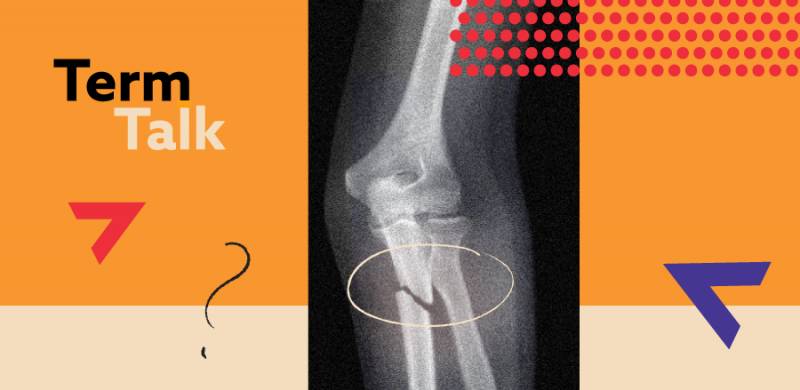
Published December 2023
While we’re more connected than ever thanks to today’s technology, research actually suggests people are feeling more alone. A report released this year by the U.S. Surgeon General revealed that America’s epidemic of loneliness and isolation has been an issue for years, with about half of adults reporting measurable levels of loneliness. And when people lack connection, it can lead to poor physical and mental health and other negative outcomes.
Here’s how you can check in with friends, loved ones and even strangers of all ages to expand a culture of connection.
Learn More >> Find Behavioral Health Topics and Resources

Check in with younger generations
The U.S. Surgeon General report states that when children and teens experience loneliness and social isolation, it increases their risk of depression and anxiety–a risk that can remain high up to nine years later. Increased time spent alone, spending excessive time online, limiting interactions with friends and engaging in attention-seeking behaviors can all be signs of loneliness in kids. For parents and caregivers, modeling healthy social connection, such as eating together as a family, checking in regularly and creating safe spaces for them to share their needs, can help children lay the foundation for healthy relationships. It also allows for opportunities to identify behaviors that may point to social disconnection.

Nurture your relationships
As busy as life is, remember to set aside time to check in with friends and family. It’s especially important to connect with those who may be struggling from loss, financial strain, illness or major change. Simply increasing the quality of time you spend with others by minimizing distractions like phone usage, being supportive and showing gratitude can help strengthen feelings of connection.

Consider introducing a furry friend
Not everyone is able to become a pet parent. But studies have shown that connections with animals can be beneficial to mental health. If you’re a pet owner, maybe you and your pet could pay a visit to someone who’s struggling. Interacting with our furry friends has been linked to lower cortisol levels and improved blood pressure.

Seek out community opportunities
Among groups that are at risk for isolation are those who are experiencing poor physical or mental health, disability or financial insecurity. Also at risk are those who live alone, single parents and older populations. Consider regularly visiting a senior or volunteering with a nonprofit that connects with and supports at-risk populations. Organizations like Boston Cares partner with nonprofits and schools, connecting volunteers with initiatives that promote kindness, collaboration and community.
Learn More >> Log into the Member Portal for Resources and Support
It sounds obvious, but loneliness can’t be conquered alone. Reach out to those you think may be struggling. The connections you make will likely benefit them – and you.
To confirm eligibility for any programs or services mentioned in this article as it relates to your specific health plan, please reach out to your account executive or HR benefits team. You may also speak to our member services team at (888)-333-4742 or by sending a secure email. And for plan details and other member resources, log in to the member portal.


